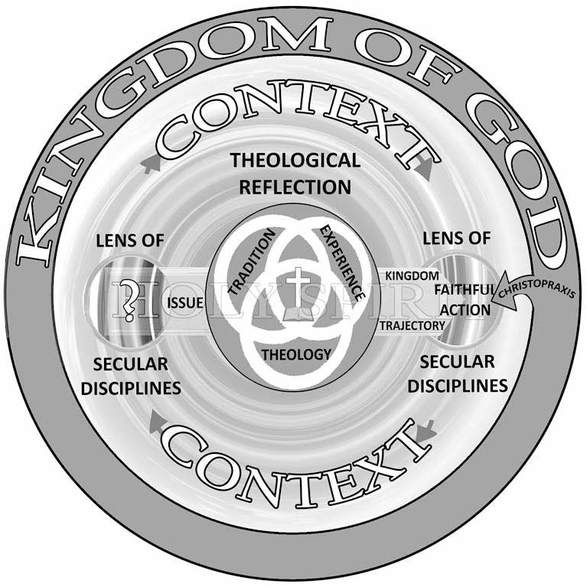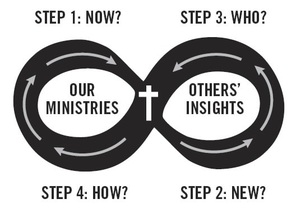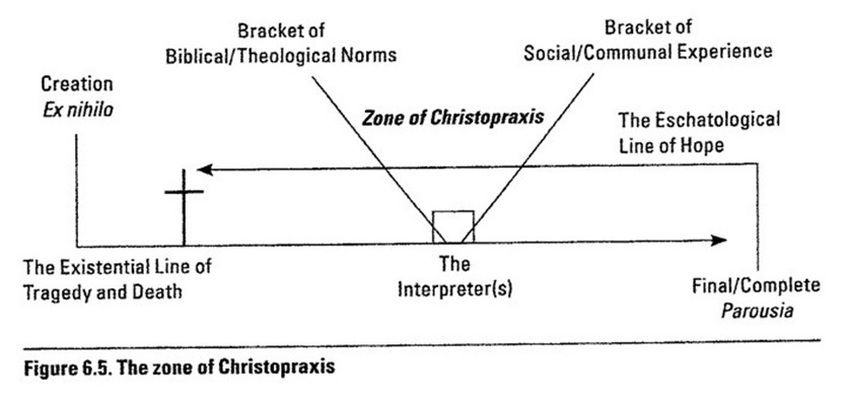Current Focus-From Programs to People

On this page, I will review a number of programmatic models. I add the caution, however, discipleship is less about perfecting models and more about meeting the unique and complex needs of each on. We must consider gifts, strengths, weaknesses, culture, resources and other elements. Whatever we do and how ever we do it, it is always to be in the Name of Christ. Ask, what would Jesus do? What would Jesus think about what we are doing? Are we serving the world and being the light on the hill? Are we answering God's call on our lives?
In what follows, we take the theory to praxis. Theology is to be practical, and thus, Practical Theology (PT). IN PT, Christians live out God's call to be living sacrifices. We sacrifice our time, resources, self-interest and convenience to do things differently. Jesus did something new, and Jesus is our example. We are to arm young disciples for the Spiritual battles ahead. What follows are a few PT Models for Ministry. As we have seen in previous pages, the battles within and without are already raging. Let us arm ourselves with love and wisdom.
In what follows, we take the theory to praxis. Theology is to be practical, and thus, Practical Theology (PT). IN PT, Christians live out God's call to be living sacrifices. We sacrifice our time, resources, self-interest and convenience to do things differently. Jesus did something new, and Jesus is our example. We are to arm young disciples for the Spiritual battles ahead. What follows are a few PT Models for Ministry. As we have seen in previous pages, the battles within and without are already raging. Let us arm ourselves with love and wisdom.
|
Deep Ministry Model I love this book. It is great for a reference book. Remember that even if you agree that the Deep Design Model is innovative and useful, you must respect the uniqueness of your program, population, dynamics, gifts and resources. This tool is to be changed to fit your ministry; not your ministry changed to fit the model. Great example and demonstrations of this model form the foundation for the book by Chap Clark and Kara E Powell, Deep Ministry in A Shallow World: Not-So-Secrets About Youth Ministry. Overview Of Deep Design Model
|
Summation
As you have probably seen from the words and models above, the focus of youth ministry has changed, and I would say, must continue to change. Not only are our families and communities a lot more diverse than ever before, the place of the church in society has changed. Here are some point I have found important.
Hints and Tips for Transforming AM!
As you have probably seen from the words and models above, the focus of youth ministry has changed, and I would say, must continue to change. Not only are our families and communities a lot more diverse than ever before, the place of the church in society has changed. Here are some point I have found important.
Hints and Tips for Transforming AM!
- Although it is informative to remember how things used to be, they cannot be that way again. Use what can still work, but at least experiment with letting other things go.
- Listen to what the young people are saying, watch what they are doing, and value who they are.
- We can no longer depend on families forcing children and youth to attend church and youth programs.
- Youth, as it is emphasized in Deep Ministry, long for authenticity, Christian models, people who care and not just professional attention. They are not looking for people who can talk about God. They are in search of people who love, live and act like Christ.
- Professional youth pastors from the outside were once popular, but now, we have come to see that this professional model of youth ministry does NOT work.
- The Holy Spirit is not only out in front of us, guiding us. She is also walking alongside us, holding our hands and behind us waiting to catch us when we fall. The adolescents in our communities, churches and schools need that kind of partnership and feeling of safety from us.
- Ministry is about building connections, relationships and unity. Ministry is not about programs. Programs are tools, not ends in themselves.
- We live in a time call Post-Christendom, and we cannot assume people know what being a Christian is. Church is not the center of society anymore. So, we have to go to them, and not wait for them to come to us.
- Christ risked and faced rejection. Christ is our model.
- We must provide spiritual leadership to our adolescents. They are starving for something deep and meaningful to fill the emotional and spiritual emptiness and loneliness.
- Discern what adolescents want and not just what we want for them, and come up with ministries pleasing to Jesus who honored children most highly.
- Actions speak louder than words, and adolescents will do what we do, not as we say no matter how loud we yell or convincingly we speak.
For more information and links, please visit the AM Resources Page. Also, note that I have used infomation from course lectures and texts for this page.




